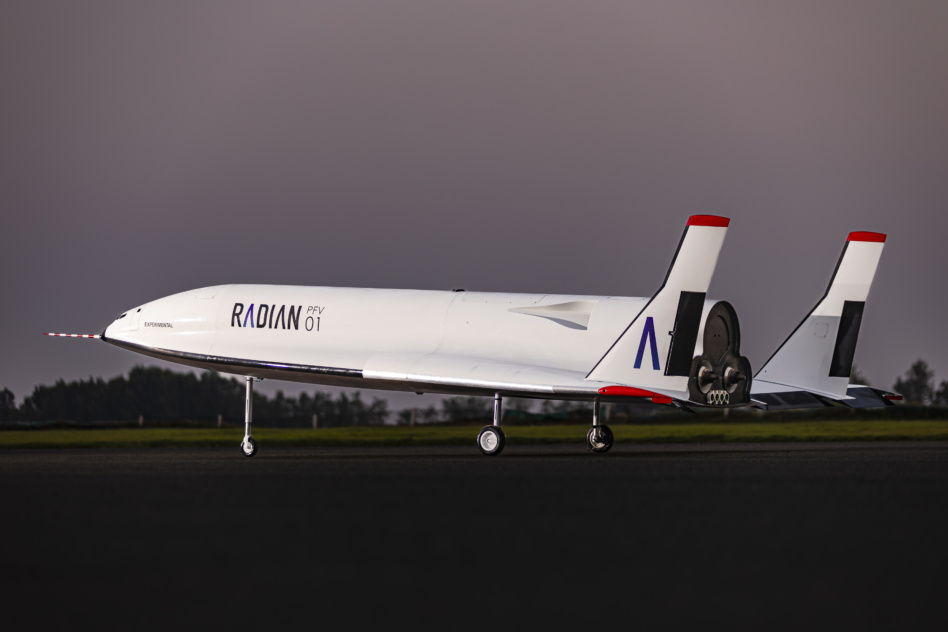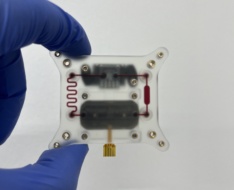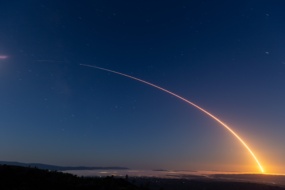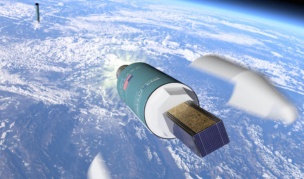The prototype for a single-stage to orbit reusable spaceplane (with a little help from a rocket sled) is taxiing on a runway in Abu Dhabi ahead of its first hops, builder Radian Aerospace said today.
Radian is trying to do something that’s been too crazy for Elon Musk, at least thus far: Build a reusable space vehicle that gets to orbit without a booster. Previous attempts include the Delta Clipper (that helped inspire SpaceX’s reusable first stage) and Lockheed Martin’s X-33.
Listen in: Payload hosted Radian cofounder and CTO Livingston Holder on our podcast earlier this year to explain how he plans to solve the problem: Using a rocket sled to accelerate his spaceplane to Mach 0.7 before it leaves the ground.
State of play: The company has built a 5-meter-long carbon fiber prototype of its spaceplane, powered by jet, not rocket, engines.
Radian is beginning a test campaign to map out the vehicle’s real-life aerodynamic characteristics even as it evolves the final design in the computer. Top of mind: The ground effect between the spaceplane, the sled, and the runway during take-off.
“We’re going to try and gather as much information about that so we can assure ourselves that the vehicle is going to behave when it gets off that sled,” Holder says.
Made in UAE: While Radian’s headquarters is outside Seattle, WA, the early flight tests are being conducted abroad. “There’s a little bit of secret sauce in there, and we did do it in UAE, we found that we could pull off the manufacturing over there, cost effectively and time efficiently,” Holder says.
There’s interest, but no current investment, from funds based in the country, according to Holder. Mubadala Capital, linked to Abu Dhabi’s ruling family, has shown an appetite to invest in space firms in the past.
First, however, the company will have to figure out export control issues—once the rocket engines are in the vehicle, the testing will have to take place in the US.
Ready to launch: The goal is to have a reusable vehicle with 5,000 kg in payload capacity make it to orbit in 2029, with a crewed capability to follow—a tall order for the company’s engineers.
They’ll also face a market for launch vehicles that will include offerings from SpaceX, Rocket Lab, Blue Origin, and ULA, not to mention contenders in Europe, Japan, and China. Still, CEO Richard Humphrey says he has $300M in customer orders and $2B in letters of intent.
“We think Starship is going to deliver space stations to low Earth orbit, and we’re going to resupply them with people and stuff, in simple terms,” he says.




